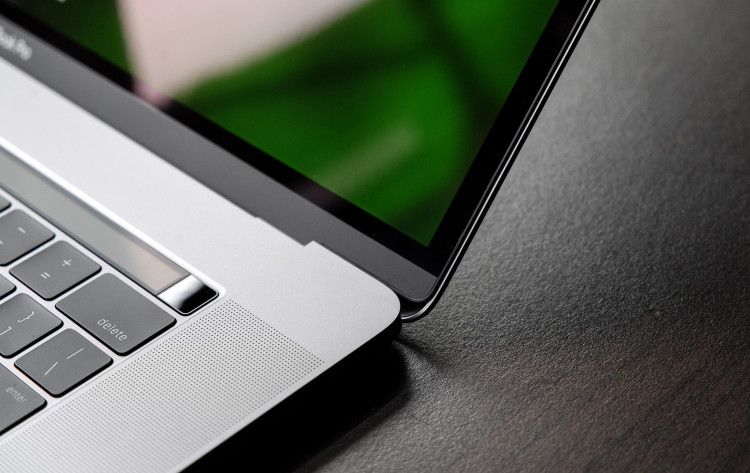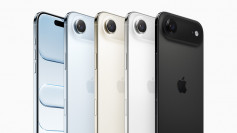Apple is in the spotlight again, this time for its notoriously problematic butterfly keyboard, which was released starting with the 2015 MacBook. Read on for more details.
Following an article from the Wall Street Journal's Joanna Stern, Apple has issued an apology for the issues caused by the butterfly keyboard. The Verge notes that Stern effectively showed just how annoying the problem is -- her article was written without the letters "E" and "R."
Apple responded by saying they are "aware" that "a small number of users" are experiencing problems with the keyboard. They said they are "sorry," but said those who have problems with the keyboard should contact Apple customer service.
While the statement should come as a relief to many, the problem remains unsolved. Forbes even noted that, after three generations of butterfly keyboards, Apple's solution remains inadequate: to tell consumers to contact their customer service department.
Historically flawed
As mentioned, today's MacBooks feature the third-generation butterfly keyboard. Yet, the current keyboard seems to carry on the legacy of the older versions.
Years ago, in the search for ways to improve its laptops, Apple designed a new mechanism that would allow them to make thinner keyboards. The result of their efforts is a design called the butterfly mechanism.
Apple's butterfly keyboards boast of thinner profiles and enhanced stability compared to traditional keyboards. After it was released, however, the butterfly keyboard was met with complaints arising from problems being reported online. These problems that were present from the first-gen keyboard included:
- Sticky keys resulting in letters, numbers, and symbols being typed twice
- Dust entering and causing keys to malfunction
- Broken springs leading to keys ultimately deactivating.
Apple's efforts
The Verge noted how Apple tried to fix the problem silently by releasing a new keyboard. The keyboard, released for the MacBook Pro years ago, featured silicone membranes beneath the keycaps. Apple said this update is meant to make the keyboard quieter than it is. A service document, however, revealed more.
According to the document obtained by MacRumors, the silicone membranes were put there to keep dust and debris from entering and rendering keys useless.
Aside from the addition of silicone membranes, Apple extended warranties for the 2016 and 2017 MacBooks. Interestingly, Apple didn't offer the same warranty extension for the 2018 MacBooks.
If Apple doesn't fix this problem, they might lose more customers in the long run. Their MacBooks sell for a high price. They should at least make their keyboards worth the cost of the device, too.





